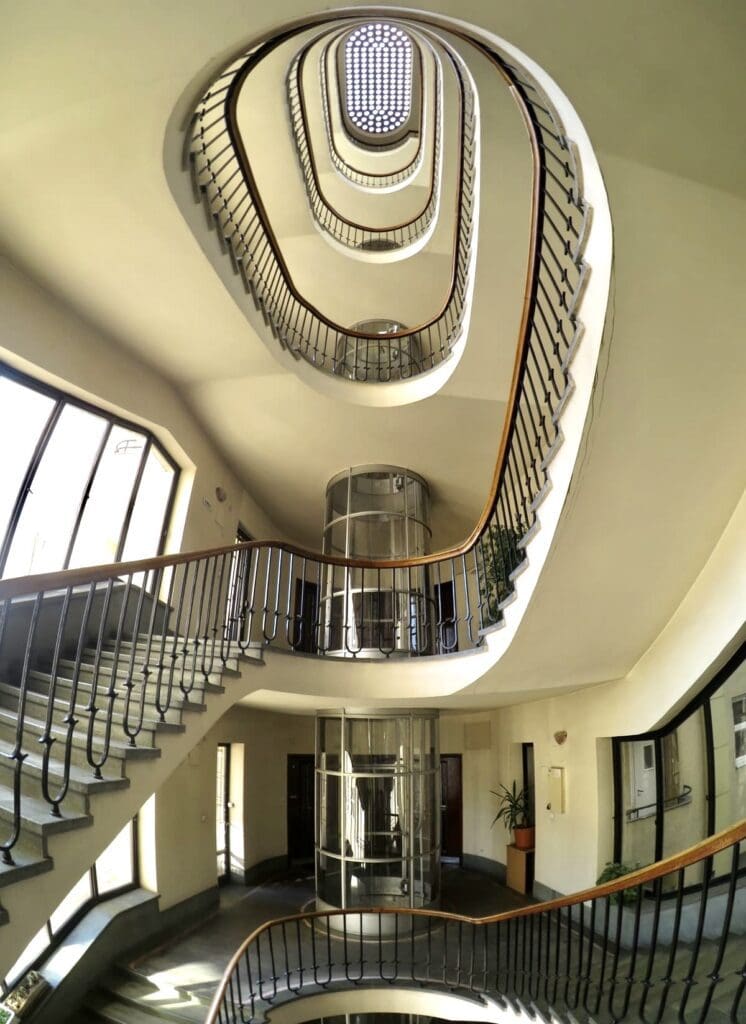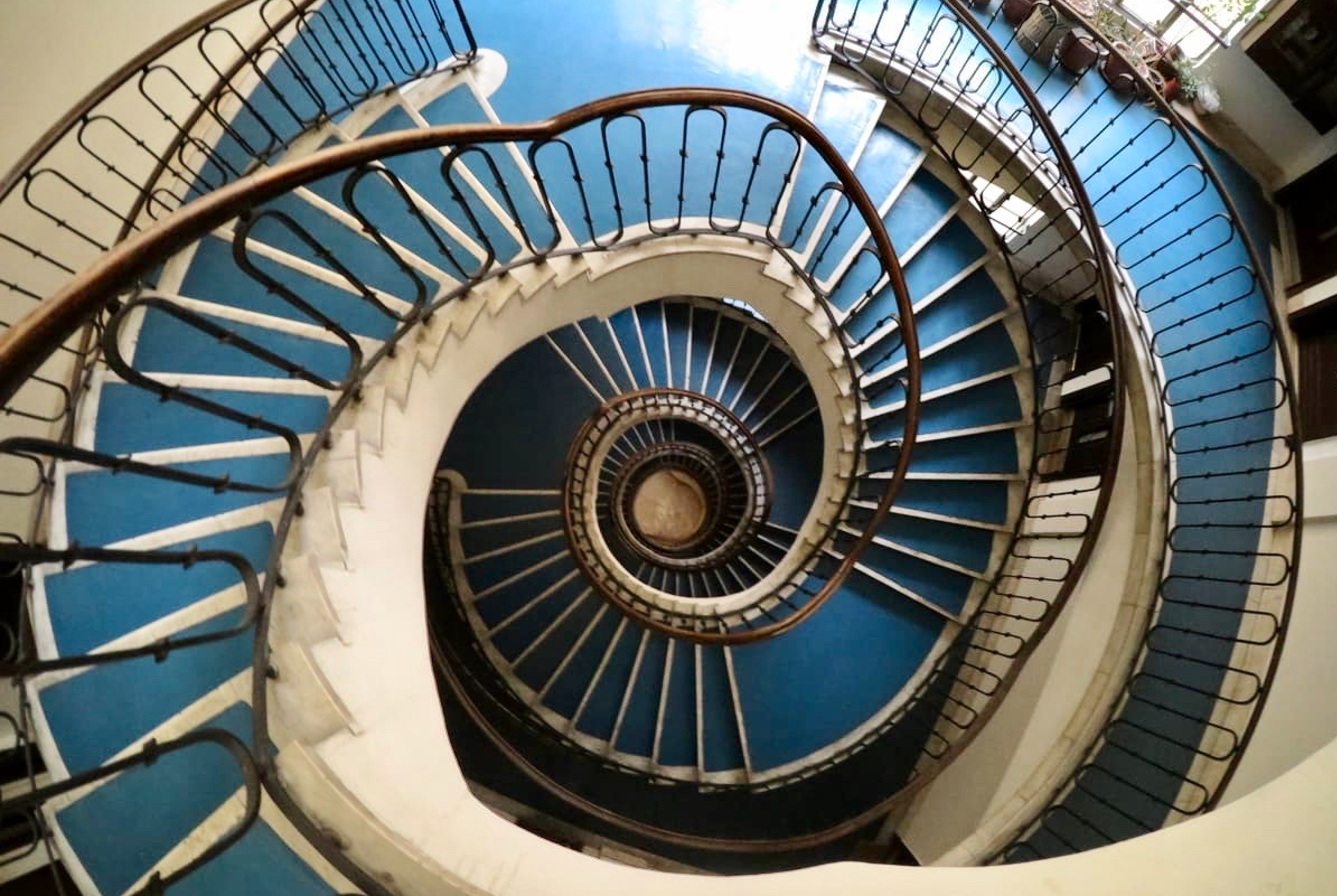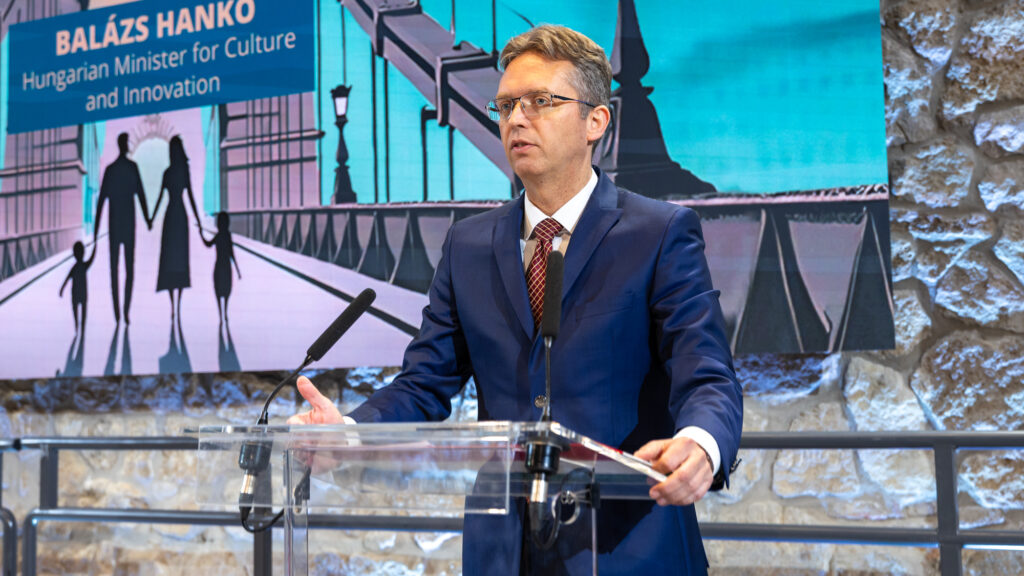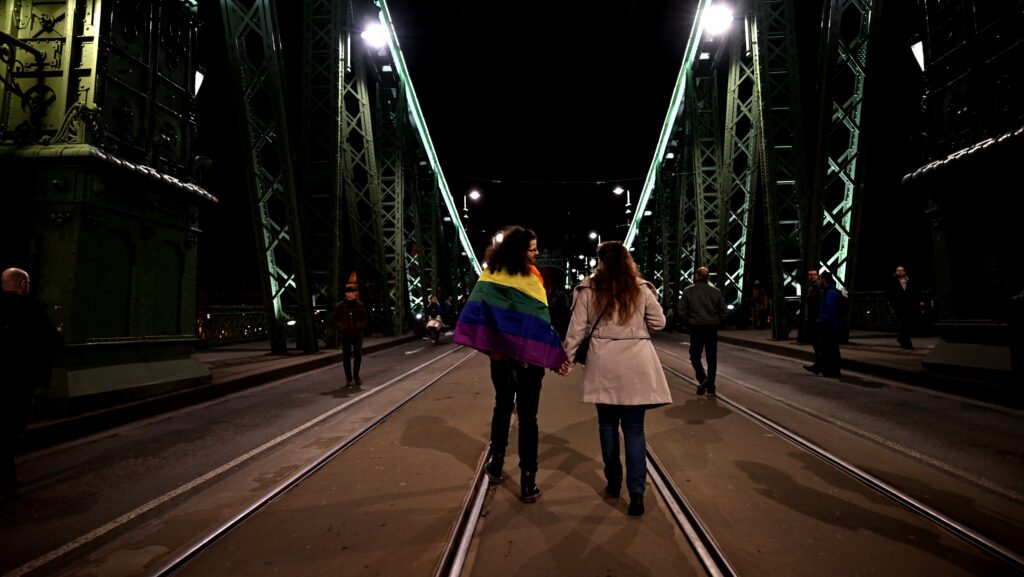As many will know, the Bauhaus was the most significant art institution and school of architecture of the first half of the 20th century. According to Walter Gropius, the ‘idea of the Bauhaus’ provides an artist with the skills with which he can occupy his place in the (machinery) industrial society. Let’s take a closer look at how this trend shaped the image of the Hungarian capital.
After World War I, architects were faced with a great challenge: the housing shortage of the working class. To deal with the problem, they chose a modern architectural style that had several formal features: standardised geometric shapes; plain, homogeneous façades, broken up with horizontal elements like balconies; and flat roofs. In addition to these, the use of reasonable structures (like reinforced concrete frames) and an innovative shaping of spaces enhancing functionality also became prominent.
Modernism and the influence of the Bauhaus appeared in several steps in the residential architecture of Budapest between 1927 and 1933. The housing estate of Napraforgó Street in the 2ND district can certainly be considered as a breakthrough, and it now regarded as the cradle of modern architecture in Hungary.
The construction of the stately apartment building at 38–42 Pozsonyi Road in Újlipótváros, which became the most modern and one of the most expensive buildings in Hungary at the time, started during this period as well. The palace had some new features such as intercoms, illuminated name plates, or the rubber covering on the stairs, which softened the noise of footsteps. The diverse use of noble materials also reflected the ideal of modern elegance.

By the end of the 1930s, a similar luxury apartment building, now called ‘the piston house’ of Margit Boulevard, was also completed on the Buda side of the Danube. Entering the building, we can easily grasp the essence of the Bauhaus style in architecture, namely that light and geometric forms are able to convey aesthetic experience and beauty. The rationale behind the house’s nickname can be quickly understood upon seeing the futuristic Fredal frame glass tube lifts.
The influence of the Bauhaus style was very strong in Budapest: up to 1949, approximately 300 buildings were erected with the easily recognisable signs of modernism. Fortunately, most of these buildings have been preserved to this day and we can still admire them in their original beauty. Enjoy the viewing!
János Kiss
Click here to read the original article








